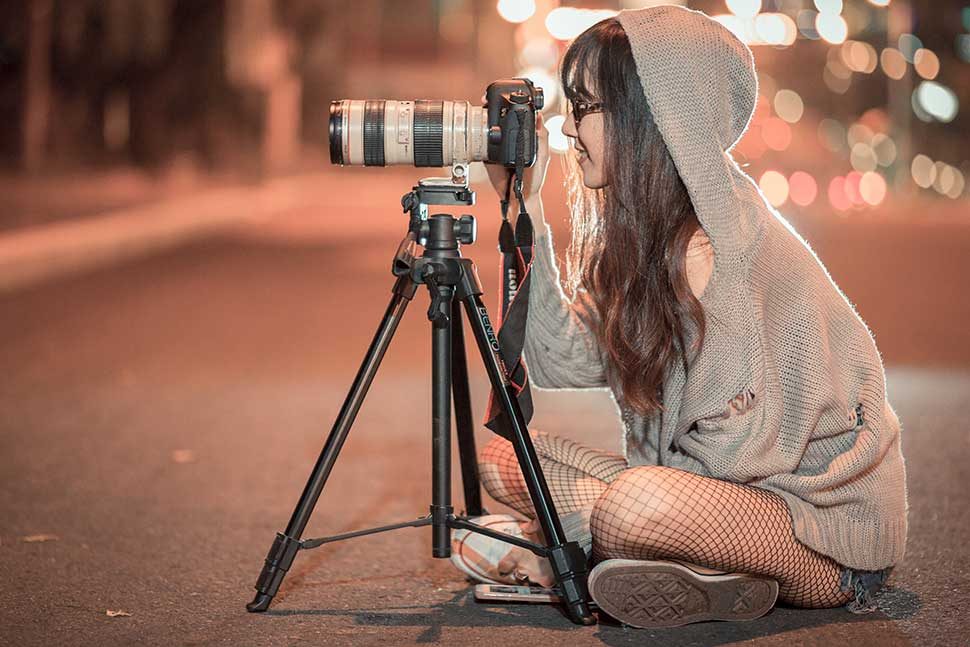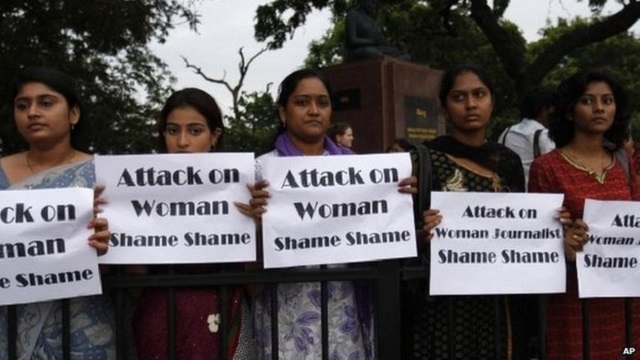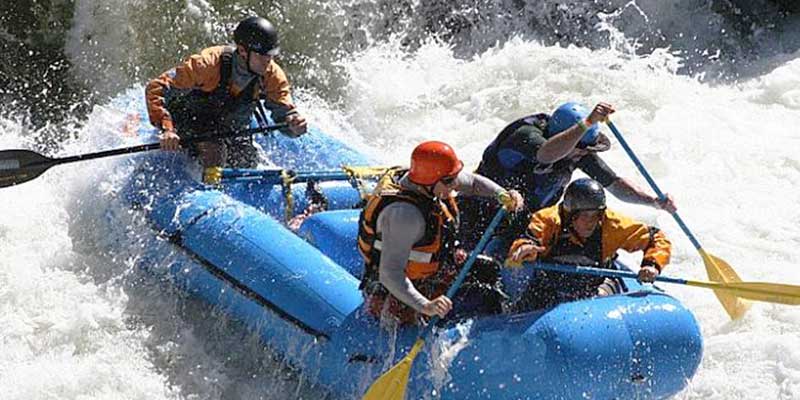Low Light Photography – Photography is a passion. So, having a perfect photograph in a click is something that is the most desired thing.
Being a photographer, you might well aware of the problems while taking photographs in low lighting conditions that results lots of noise in the image.
Here, we are going to introduce you with 6 tips to take photographs in low light photography that can help you in getting a perfect image.
Low Light Photography –
1 – Always Use a flash:
The best way to take a perfect picture in a dark ambience is to use a flash. The built-in camera flash is no doubt the quickest and easiest solution for the lighting problem. So, this is recommended to pop the flash out and you are all set to shoot a perfect photo inside a dark environment. But, it has a down side, too. Using flash can ruin the photograph and the subject more than the low lighting conditions do. While using flash, it might wash out your subject completely and you might end up getting an image with flat saturation and depth.
A perfect solution for this issue is using a white tissue paper in front of your flash light. This will instantly soften the flash and will help you in taking a perfect picture in a low light situation. For DSLR cameras, you must invest some bucks in external flashes which will help you in getting a perfect image.

2 – Boost the ISO setting of your camera
ISO is one of the handiest settings in your camera. The basic rule for this setting is – higher the ISO, more sensitive it is. In low light condition, you must raise your ISO level. Depending on the situation and lighting condition, you can set the ISO level to 100 to 200 for the normal or overcast condition. But for indoor conditions, depending on the lighting situation, you may increase it to 400 or 800 or above. Using the ISO up to 400 to 800 even 1200 is safe because it will catch less noise. For higher settings like 1600 and above, you might experience a lot of noise in your image but this is assured, those can be removed in image post production in Photoshop or other image editors.
3 – Keep opening the aperture as long as possible
The function of the aperture is to let the lights come inside the camera lens. So, keeping your aperture open lets you take brighter snap with fast shutter speed. Always remember the equation – More light + Fast Shutter Speed = Perfect Photo and Low light + Slow Shutter speed = Bad Photo.
This is recommended in a low lighting situation, set the aperture to its max and let the light come inside the lens as much as you can. You should set this simply by choosing the lowest ‘f’ number available like f/1.4 or f/2.0 etc. You can find a lower f setting in the high-end lens that offers larger aperture sizes.

4 – Try to avoid the zoom
There is a saying in the photography – “Zoom with your feet”. If the situation permits, go closer to your subject to catch the perfect frame rather than zooming. What your camera does in zooming is cropping the image and this is unnecessary to mention here that the zoom available in most of the Smartphone is useless. So, you should not expect any good result from the images that are zoomed in a certain level. Added, if the image was taken in low light, the photo must be a spoilt one and a mess. So, this is recommended to crop the image after the image taken (in the image processing period) rather than when the photo was taken. This will result in some good photography in low light situations as well.
5 – Keep your camera steady
For taking a perfect snap, this is very important to keep your camera on a steady surface or in steady position especially in low lighting conditions. Shaky hands or moving snap in dusk or low light situation can result in lots of noise in the photo that can totally ruin the spirit of the picture taken. So, this is recommended to keep an eye on the camera movement and try to keep it steady.

6 – Use Burst Mode while shooting
A very useful feature that most of the photographers avoid is the use of burst mode. Shooting an array of pictures one after another by continuously pressing the shutter button gives you a higher chance of getting a perfect snap and a sharper image. The basis of this concept lies in the mechanism of your camera. When you take a single shot, your finger produces a vibration on the camera and that reflects on your photo which results in some noise. But, while taking a burst shot, the effect impacted on the first shot only and you can get a perfect shot in rest of the images from the array of 5 or higher shots. Try this trick out and you should get a perfect result instantly.
Low Light Photography – So, these are the most useful tips for getting a perfect snap in Low Light Photography. We can assure, you must have a great result while having Low Light Photography just by applying this tips properly.





